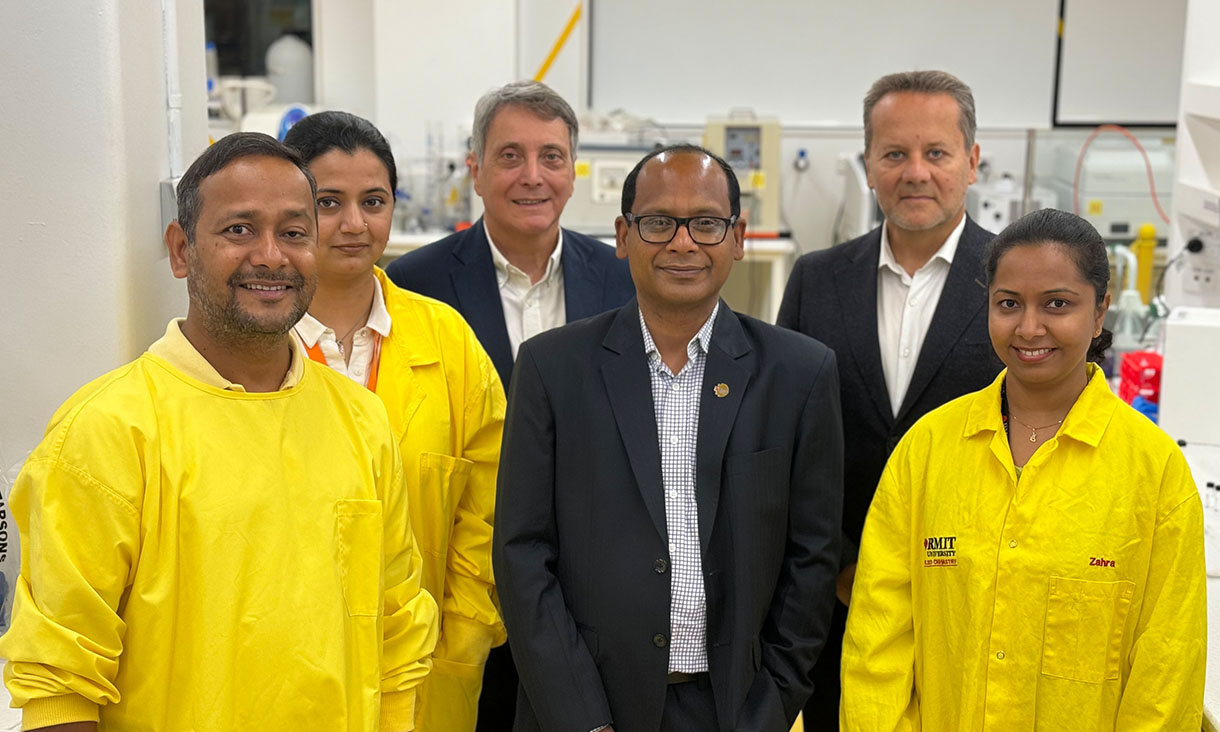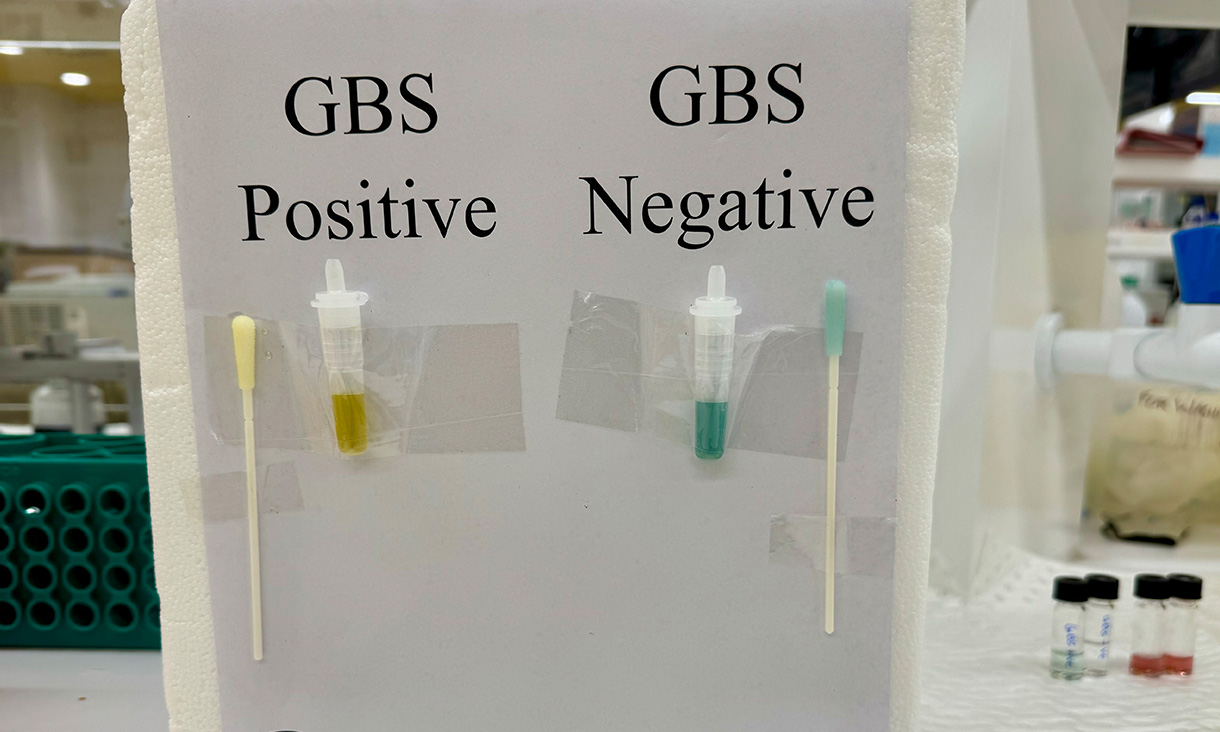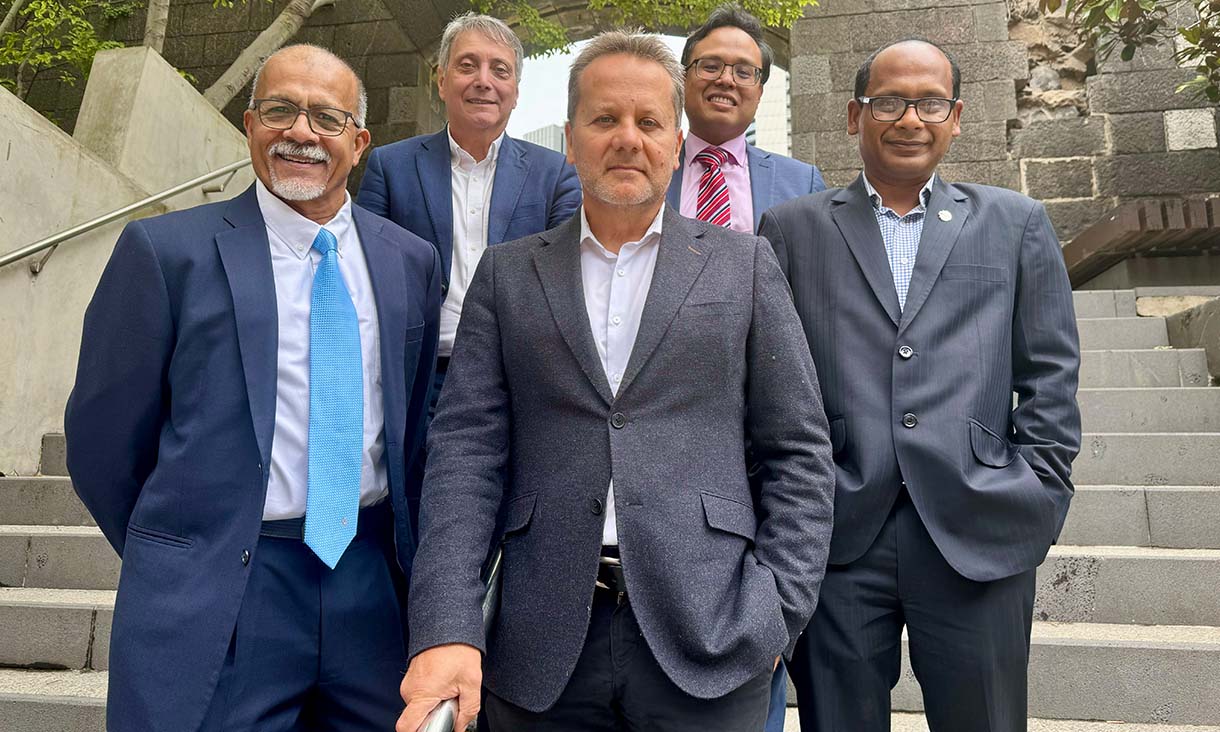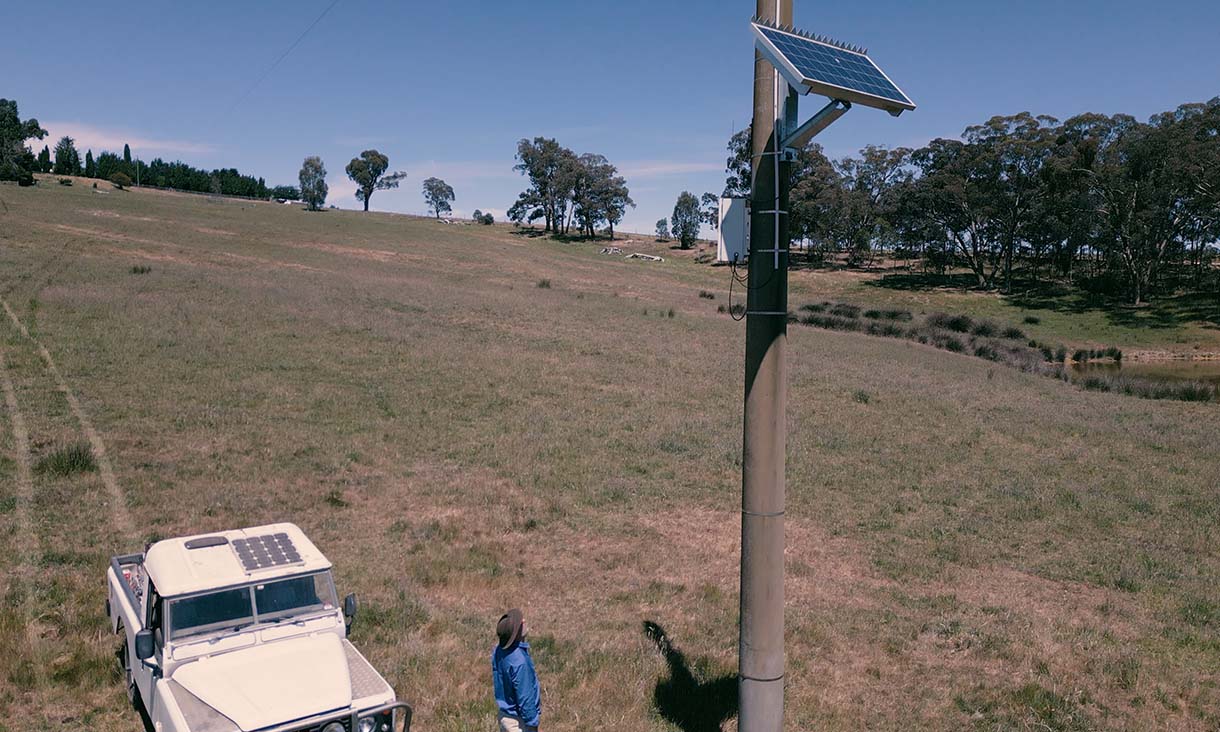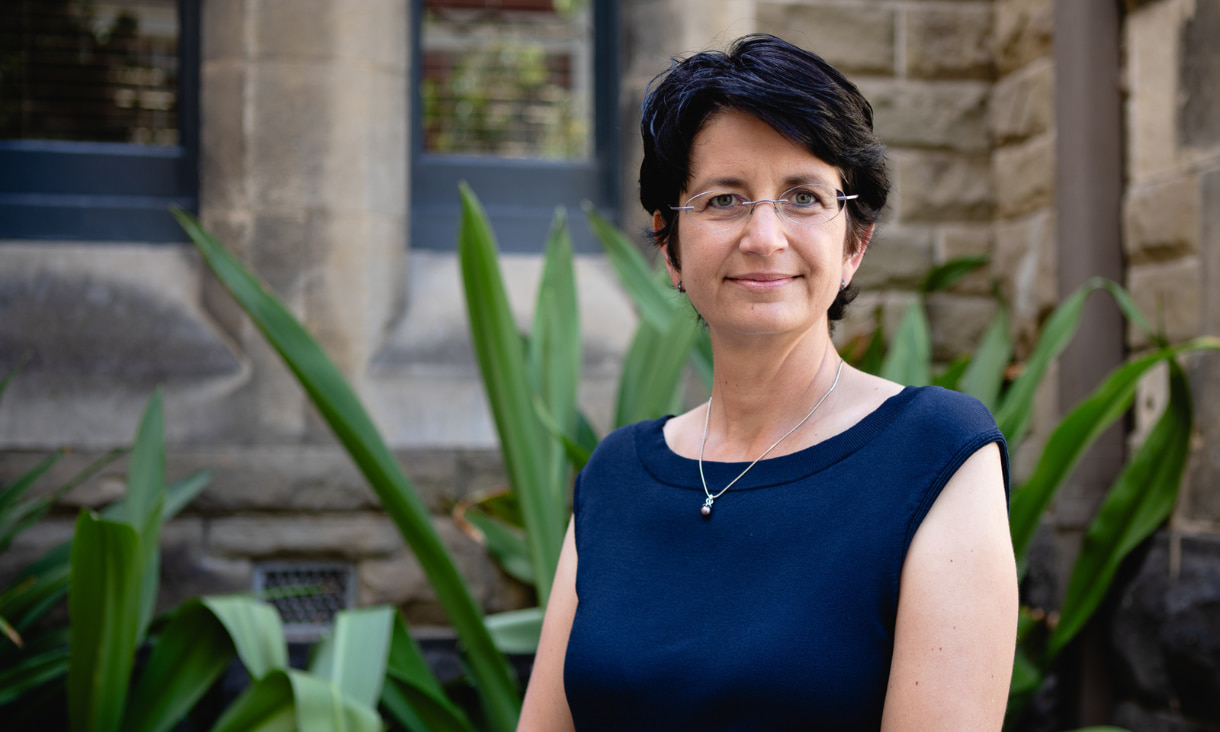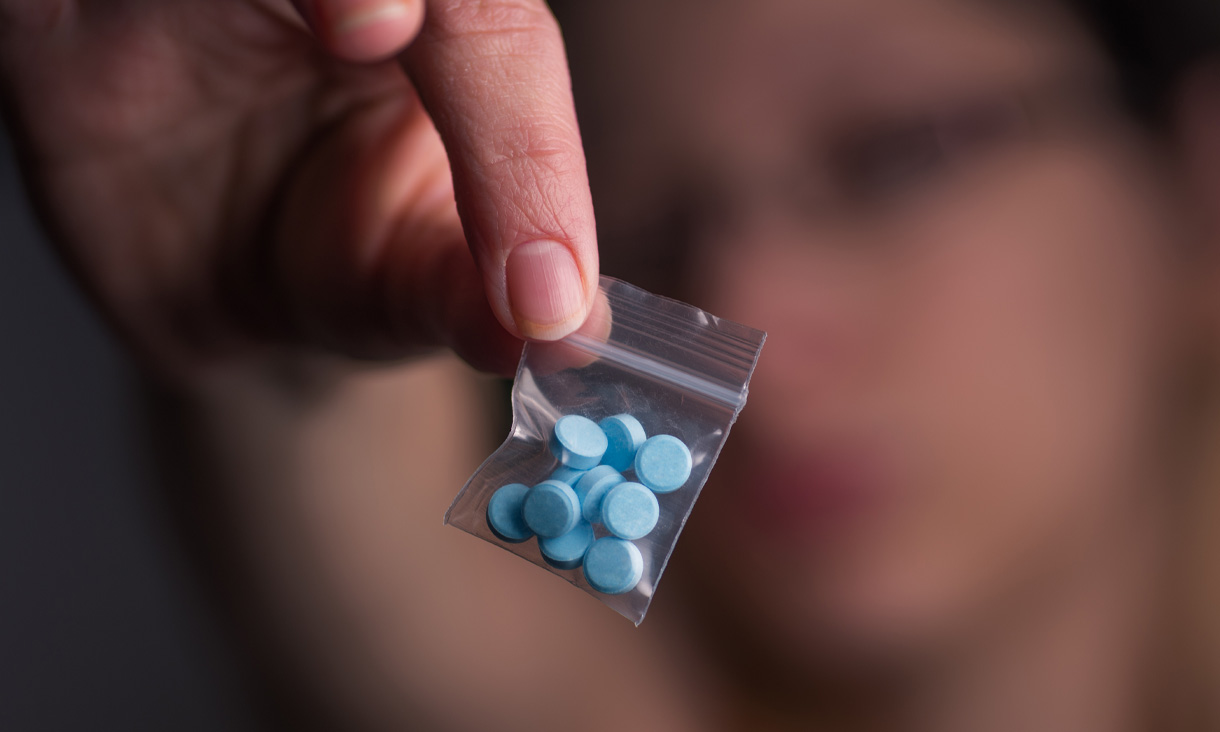NEXSEN Managing Director Thomas Hanly said many developing and developed countries did not screen for GBS, leading to preventable pre-term births, stillborn births and disabilities creating emotional and financial pressure for families and disability support agencies.
“A rapid accessible test can bring hope and we are excited to work with Vipul and his team at RMIT to bring this solution to the world,” he said.
Bansal said the RMIT team had very strong capabilities both in biosensor development and biomarker discovery, and had developed a range of nano-sensor technologies to detect very small amounts of bacteria, pathogens and viruses.
“We have developed biomarkers that can detect GBS bacteria with accuracy and high sensitivity,” said Bansal, Director of the Sir Ian Potter NanoBioSensing Facility at RMIT.
“Now we are in the process of making a prototype test, to detect the presence of GBS in vaginal swabs. The test will show a colour change when GBS is present in the samples.”
Total funding for the GBS sensor project is $7.6 million, with a $3 million grant from the Federal Government for field trials of new low-cost sensor technology in the Northern Health system.
“We will optimise the sensor through pre-clinical trials in the second year, before NEXSEN will conduct clinical trials and then take the final product with the results to regulators in Australia, the US and the UK,” Bansal said.
Associate Professor Prahlad Ho, Chair of Northern Health Research Executive Committee and Divisional Director of Diagnostic Services, said Northern Health was proud and excited to be the clinical partner in the project, which will help improve clinical outcomes for babies.
“As one of the busiest healthcare providers in the region, Northern Health is committed to providing the best care for its large volume of clinically and ethnically diverse populations through its research collaborations and partnerships,” he said.
“Northern Health’s clinical partnership, led by Professor Lisa Hui and the Northern Pathology team, will enable the clinical testing of the diagnostic sensor being developed, thereby making it available for wider and equitable use in the community.”

